Suanbo Hot Springs Special Tourist Zone (수안보온천 관광특구)
9.9Km 2024-03-25
12 Jujeongsan-ro, Suanbo-myeon, Chungju-si, Chungcheongbuk-do
+82-43-846-3605
Suanbo Hot Springs, in existence for nearly 30,000 years, feature weak alkaline water with a temperature of 53°C that originates from 250 meters below ground. The water is rich in substances beneficial to the human body. Visitors can enjoy the hot springs at hotels or resorts, as well as in public baths, outdoor baths, and family baths. Other attractions in the area include the Suanbo Insect Museum, a traditional market, and Multang Park.
Sangnok Hotel (수안보상록호텔)
9.9Km 2025-01-07
22, Jujeongsan-ro, Suanbo-myeon, Chungju-si, Chungcheongbuk-do
+82-43-845-3500
The Sangnok
Hotel is a first class (four-star) hotel located in Suanbo, an area known for
its hotsprings and natural landscape. The hotel has 101 guestrooms, a seminar room, lecture hall, conference room, banquet hall, and
grand halls for big gatherings.
The hotsprings of Suanbo boast an impressive
1000-year history and the water is known to be benefial for relieving fatigue
and treating certain diseases.
Ujae Stay [Korea Quality] 우제스테이[한국관광 품질인증]
10.0Km 2023-10-27
50, Jujeongsan-ro, Chungju-si, Chungcheongbuk-do
+82-43-846-9966
Ujae Stay stands right across the Mushimcheon Stream from Suanbo Hot Springs in Cheongju, Chungcheongbuk-do. The whole bulding was remodeled in 2021, and now provides a clean and comfy resting space. Clear alkaline hot spring water is on tap in all rooms, providing both comfort and healing.
Museum of Old Roads (옛길박물관)
11.1Km 2023-07-28
944, Saejae-ro, Mungyeong-si, Gyeongsangbuk-do
+82-54-550-8372
The Museum of Old Roads offers the history of traditional roads and routes in Korea. In the past, Mungyeongsaejae was a transportation hub for the people of Korea, particularly during the Joseon Period. Mungyeongsaejae is home to Haneuljae (one of the oldest roads in Korea, first established in 156 AD), Tokkibiri (a famous trade route), and Yugok Station (a transport hub in the Yeongnam area).
Even though the importance of the roads as travel routes has diminished over time, they continue to increase in cultural significance, conveying the area’s rich traditional heritage to visitors. The Museum of Old Roads was opened in 2009 after having been remodeled from the Mungyeongsaejae Museum, which mainly dealt with local history.
Mungyeongsaejae Provincial Park (문경새재도립공원)
11.3Km 2023-02-13
932, Saejae-ro, Mungyeong-si, Gyeongsangbuk-do
+82-54-571-0709
Mungyeongsaejae Pass, which crosses Joryeongsan Mountain, has always been the highest and most dangerous mountain pass in Korea, being reputed to be too tall for even birds to fly over. The three gates of Juheulgwan, Jogokgwan, and Joryeonggwan were built for national defense after the Imjin War (1592-1598). These three gates are designated collectively as Historic Site No. 147. The area between the three gates was designated a provincial park in 1981. The path from the first gate to the last passes through beautiful forests and takes roughly four hours round-trip. Also located within the park boundaries is Mungyeongsaejae Open Set, used for filming historical dramas.
Mungyeong Chasabal Festival (문경찻사발축제)
11.3Km 2025-07-11
932 Saejae-ro, Mungyeong-si, Gyeongsangbuk-do
+82-54-571-7677
Home to many ceramic masters and artisans, Mungyeong holds the Mungyeong Chasabal (Tea Bowl) Festival every year to honor and develop traditional Korean pottery and ancestral craftsmanship. The festival holds an exhibit with more than 200 kinds of high-quality and high-end ceramics and an online auction of luxury tea bowls. There is also a performance, “A Day of a Mungyeong Potter,” in which craftsmen tell stories and provide explanations behind their tea bowls to add fun and content to the festival. Visitors can mold their own clay and make tea bowls, and children can partake in various programs, such as playing with clay and performing a tea ceremony.
◎ Chasabal
Chasabal, also known as dawan, is a bowl used for drinking tea. Mungyeong’s traditional tea bowl is made in a firewood kiln called “Mangdaengi,” which uses wood rather than modern gas or electric kilns to make a fire.
Mungyeongsaejae Open Set (문경새재 오픈세트장)
11.3Km 2025-10-24
932 Saejae-ro, Mungyeong-si, Gyeongsangbuk-do
This open set is a filming location for popular historical dramas such as "Kingdom (2019)," "The Red Sleeve (2021)," and "The Moon Embracing the Sun (2012)," and is connected to Mungyeong Provincial Park. One of the most famous spots is the Gwanghwamun Set, which vividly embodies Gwanghwamun Gate. The set has various settings such as a hanok village, downtown area, and a common people's village, spread over a large site, making visitors feel as if they have traveled back in time to the Joseon dynasty.
Mungyeong Saejae Bare-foot Walking Festival (오감만족 문경새재맨발페스티벌)
11.3Km 2025-05-16
932 Saejae-ro, Mungyeong-eup, Mungyeong-si, Gyeongsangbuk-do
+82-53-755-5881
The festival, held annually in Mungyeong, is a bare-foot walking festival covering approx. 7km. During the festival a main performance, various event booths, bare-foot-walking events, and a singing contest are held, allowing visitors to enjoy the festivities while keeping an eye on their health.
Mungyeongsaejae Open Set (문경새재 오픈세트장)
11.3Km 2024-07-18
932, Saejae-ro, Mungyeong-si, Gyeongsangbuk-do
Mungyeongsaejae Open Set has been used for a variety of historical publications, including “Taejo Wang Geon (2000),” “Dae Jo Yeong (2006),” “Sungkyunkwan Scandal (2010),” “Moon Embracing the Sun (2012),” “Jeon Woo-chi (2012),” and “Masquerade (2012).” In 2008, the Goryeo Dynasty set was dismantled and redesigned into a Joseon-era set. Visitors can get a glimpse of life in the past through the replica houses and various structures throughout the open set.
Saejae Halmaejip (새재할매집)
11.4Km 2024-02-23
922 Saejae-ro, Mungyeong-eup, Mungyeong-si, Gyeongsangbuk-do
054-571-5600
Nestled in Mungyeongsaejae Provincial Park, Saejae Halmaejip is a Korean restaurant celebrated for its gochujang yangnyeom seoksoe gui (grilled red chili paste marinated meat). The menu also features deodeok gui (grilled deodeok), pajeon (green onion pancake), and dotorimuk (acorn jelly salad), which perfectly complement the signature gochujang yangnyeom seoksoe gui. This long-standing establishment, favored by many regular customers, has also made appearances in several TV shows.

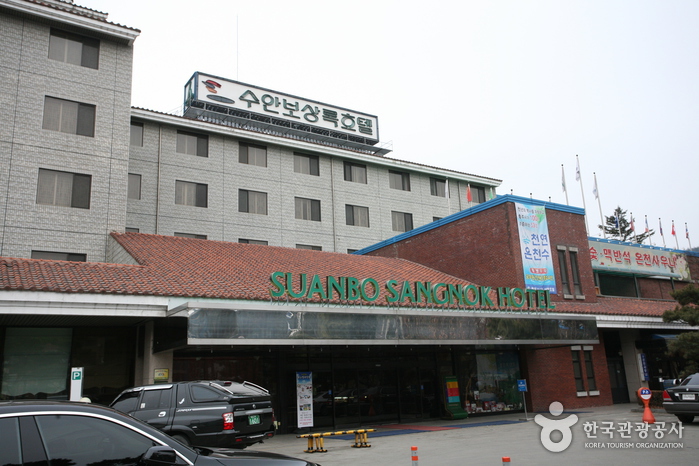
![Ujae Stay [Korea Quality] 우제스테이[한국관광 품질인증]](http://tong.visitkorea.or.kr/cms/resource/90/3021590_image2_1.jpg)
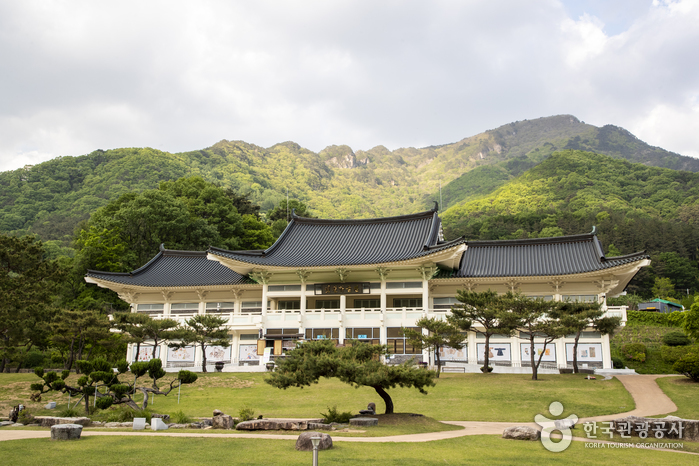
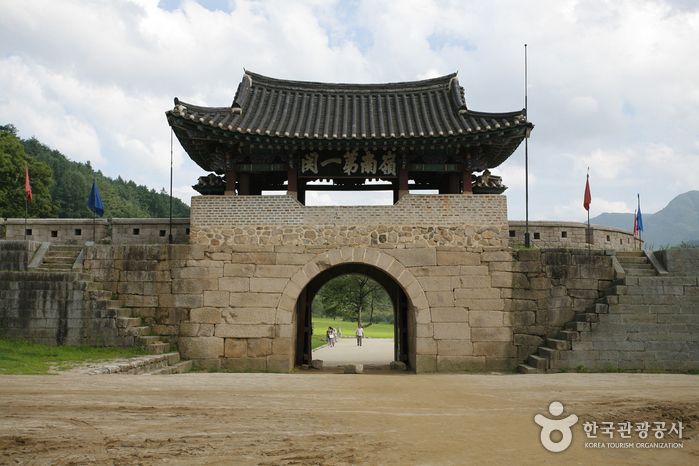

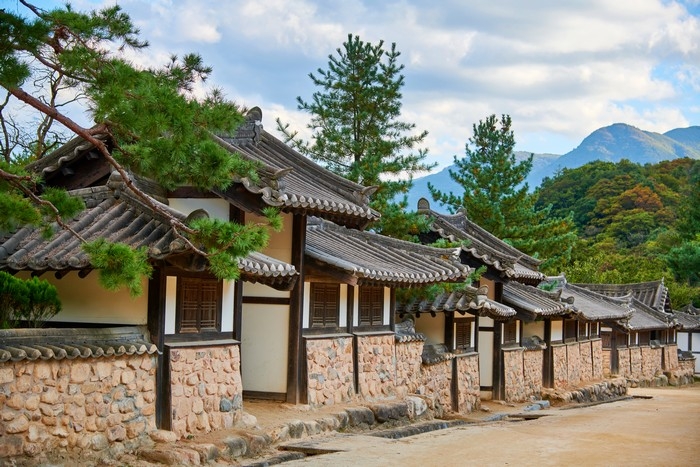

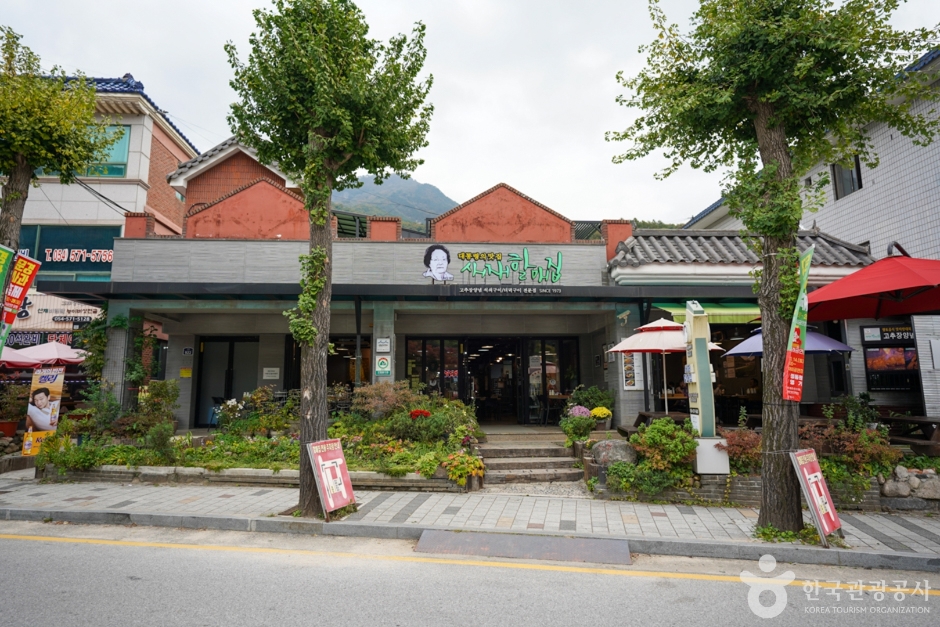
 English
English
 한국어
한국어 日本語
日本語 中文(简体)
中文(简体) Deutsch
Deutsch Français
Français Español
Español Русский
Русский